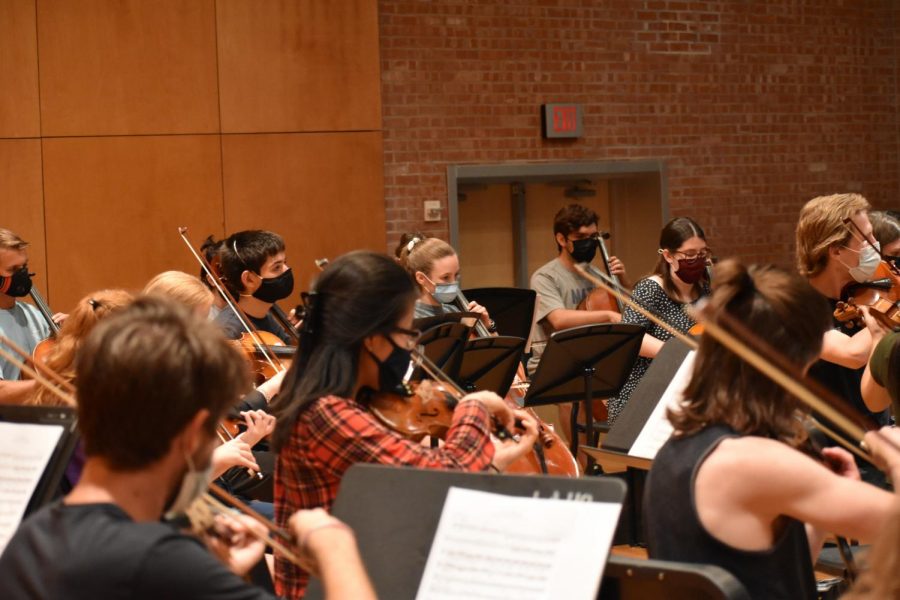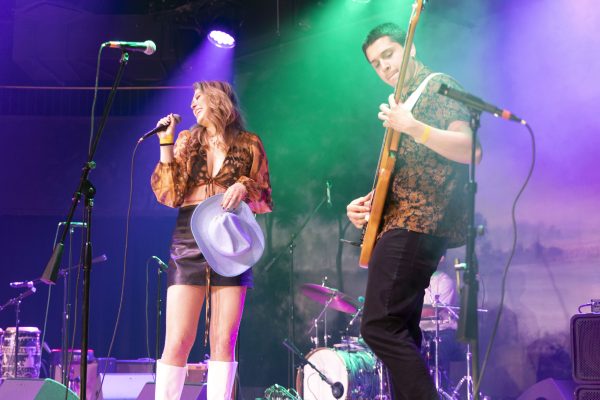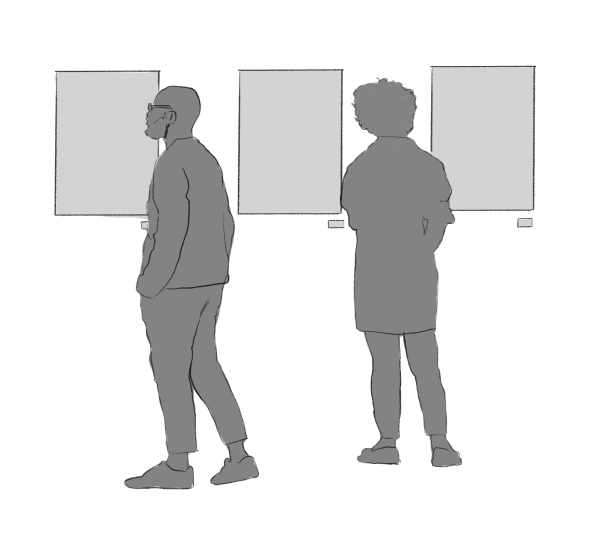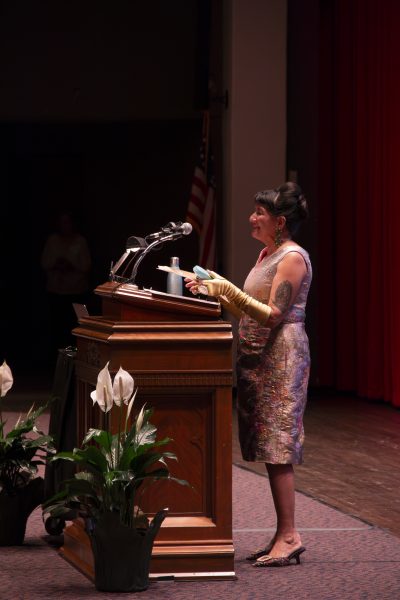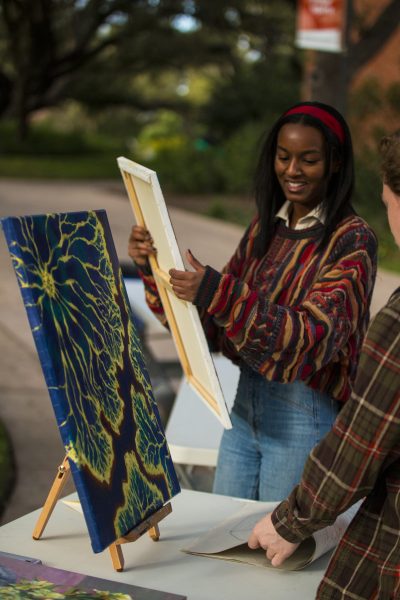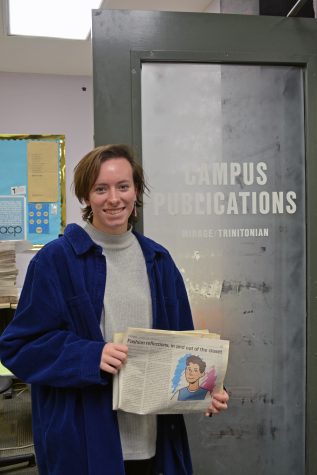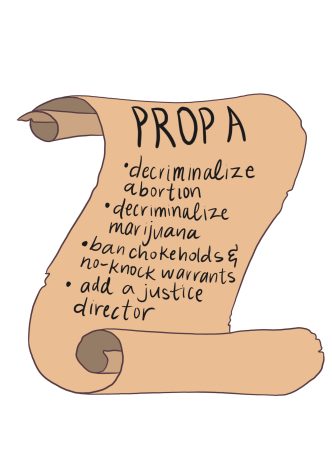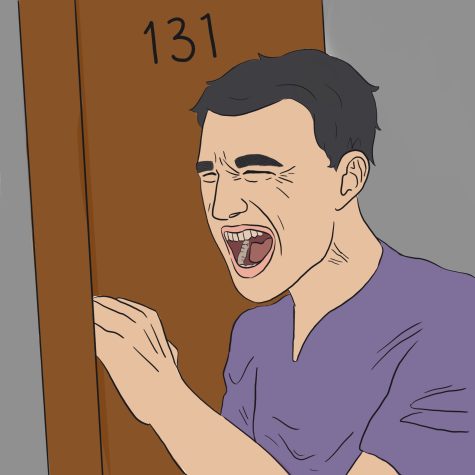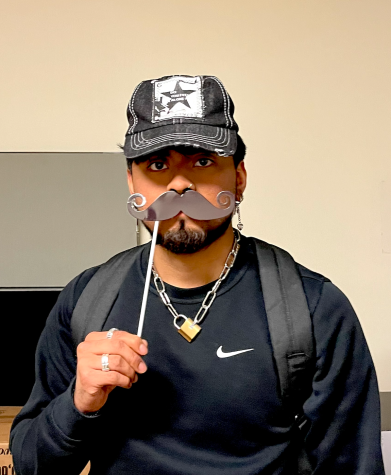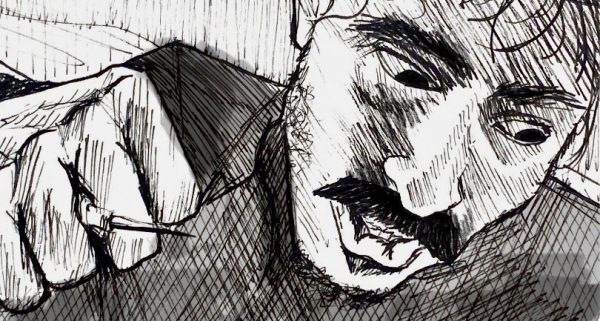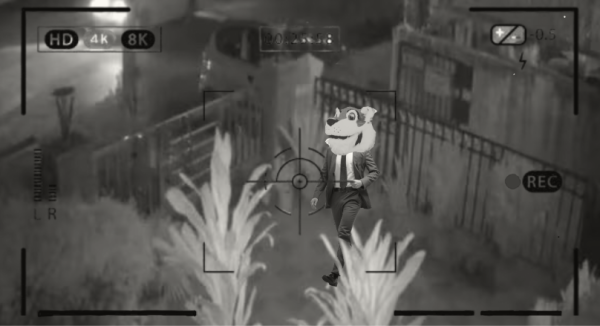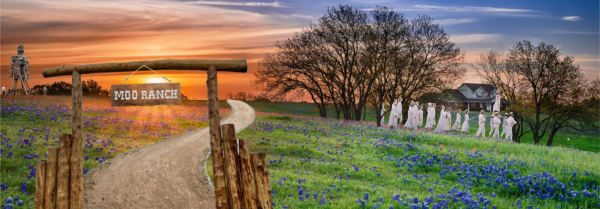Play it by ear: Choir and orchestra adjust to COVID updates
Simultaneous high vaccination rates and new strains cause more changes in rehearsal protocol
The orchestra’s string players rehearse inside and within six feet of each other for the first time since the pandemic.
With the most difficult part of the pandemic behind them, Trinity’s choral groups and orchestra have done what they can to start their first semester off strong here on campus. Protocols, although not drastically different from what they were last semester, have been altered to fit the group’s needs and will continue to shift throughout the semester as needed.
“They relaxed the policies a bit and put some more into place after delta,” said Gary Seighman, director of Choral Activities. “We split up our large ensemble, the Trinity Choir, into a couple of sections this year because we can’t safely have the entire ensemble in the choir room. I split them into two different sections that meet at different times during the week, so we’re three feet apart with masks, and we have a couple of air purifiers. Also, instead of our two hour rehearsals on Monday nights with my one ensemble, we take kind of a break in between and have the students step out just so that it can filter out for a bit.”
Similarly, the Trinity Symphony Orchestra is continuing to implement certain precautions from last semester such as puppy pads to catch collected condensation in brass instruments and the use of handmade “mouthpiece masks” tailored to each player’s specific instrument so that the students can play while remaining masked. Similarly to choir, altered distancing guidelines remain in place. One of the biggest changes for students in music ensembles is the requirement of weekly COVID testing.
“Since COVID started, it’s changed, but even this semester has changed a little more,” said Jacy Haynes, a junior communications major. “We have masks that [director Joseph] Kneer’s wife made that have a space where we play our instrument out of. He still has us spaced out but not as far as six feet apart. Prior, we were rehearsing in the courtyard, and now we’re rehearsing at Ruth Taylor, so we are able to be inside as an ensemble. Since COVID happened, it’s changed, but it hasn’t necessarily gotten stricter. A huge difference is that band and orchestra members have to get tested weekly.”
The concept of weekly testing is new for the fine arts groups. When paired with the already high vaccination rate on campus, both the staff and students working with the ensembles are taking a cautiously optimistic approach when it comes to moving forward this semester. Though performance dates are set for the ensembles, whether or not they go as planned is entirely tentative.
“We’re kind of optimistic that things will be better, and we’ll get more guidelines from the University in a couple of weeks,” Seighman said. “We’re hoping that we’ll be able to give live performances in whatever manner that ends up being. Even if it’s for just Trinity community members because of the vaccination rate, [that] would probably be a good middle ground. Worst case scenario would be recording the performance and putting it online. The best case scenario is it being wide open to the public. I couldn’t even guess right now where we’re gonna be.”
Last year, rehearsals and performances for the two groups were done in a hybrid manner with students tuning in from Zoom as needed. Both of these groups opted for rehearsing outside, which, while safer than being in their normal locations, came at the cost of proper acoustics, the ability to hear the ensembles clearly and readily available tools that aid in rehearsing. The performances also had to be adjusted for safety reasons, featuring remote choir and orchestra students having to sing or play into their phones in order to be edited into the final performance.
“Before, the concerts were recorded and edited because they had to add the people in and such, but this year there will be a livestream as an online option,” Haynes said. “With the orchestra, we did all of the remote stuff, so we know that if we do have to go remote again, we’ve done it before. It’s not great, but we could do it. We already kind of know how to navigate through that, but I think we’re all really optimistic.”
From putting their best foot forward to remaining positive and flexible and adhering to the University prescribed guidelines, the students and staff of the music ensembles are ready to adjust to any possible roadblocks that may present themselves as the semester progresses.
“You need to work with what you have to the best extent you can,” Kneer said. “The other thing is to be really grateful for every opportunity you do have. I certainly learned that, but the students embodied that. I was very inspired by that. They came to play and had to put up with all kinds of challenges and schedule changes and all of those things. I think overall they did it with a lot of grace and a lot of energy. I think that momentum in terms of optimistic outlook has helped this fall. I’m confident we can do what we did last year at the very least. We’ll make it work.”

My name is Claire Sammons and I am an Anthropology and Communications double major. I have worked for the Trinitonian since fall of 2020. I became a photographer...

